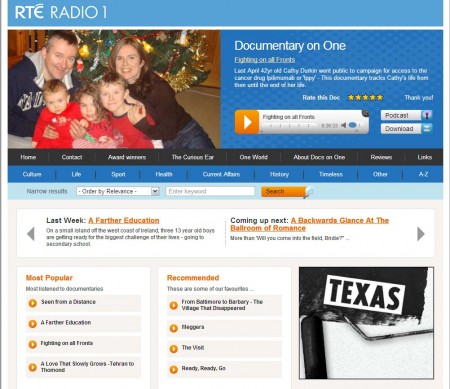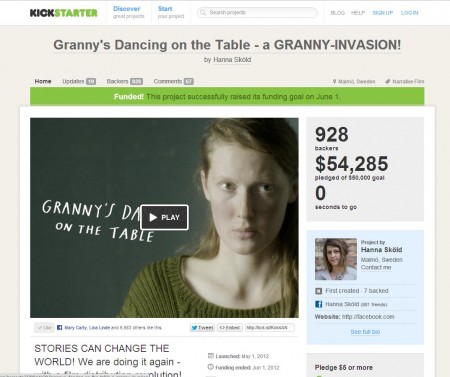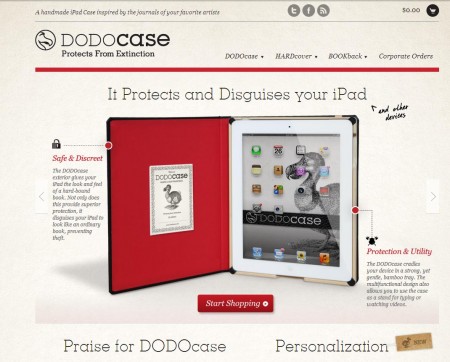Arts entrepreneurship takeaways
UncategorizedShare:
Earlier this week I taught my Arts Entrepreneurship course using Lean Startup principles. To learn more about the participants who signed up, I asked a few questions:
1. Do you have, or are you exploring, new business models/products for your practice?
2. Who is your target market for this idea/business practice/product?
3. Have you tested out your market for your new idea?
4. Do you have an online presence – Facebook, Twitter, Website, Blog, Twitter?
5. Do you use email marketing/email newsletters?
Here’s what I found out.
71% of the participants are exploring new business ideas for their practice.
57% have tested their idea.
35% have a website and Facebook account.
12% have a Facebook business page and
6% have a Twitter and Google+ account.
What does these statistics tell us about artists and creatives today?
Firstly, it tells me that creatives are eager to work on the business side of their practice. Learn more about building community and connecting online and offline networks. They want to build new communities around them and they really want to learn about sustainable business models.
Creative practitioners are moving online but they don’t know how to harness the power of these new networks. There is still some lingering doubt about the importance of social platforms like Twitter, especially on the grounds of trust and professionalism.
Sharing socially among family and friends on Facebook is not seen as threatening but moving out from these more personal networks is challenging.
Finally, many creatives have not thought about the ongoing communication after selling to their customer and lack the skills to continue the conversation. Which is a strange phenomenon as creatives are the world’s storytellers and have a massive desire for their work to be seen.
This point comes back again to trust and not feeling confident about sharing their opinions and their work outside traditional methods; exhibitions, invites, talks etc.
During the course of the day we discussed these opposing ideas, the opportunity of opening up your practice beyond the gallery and your studio to online.
Creating crowd sourced and funded projects like Granny’s dancing on the table.
Saving your craft or art form from extinction like DodoCase
and RTE Doc On One.

By the end of the day, we had come up with ideas for just about every practice in the room and ways to make it happen. Crucially, we looked at each creative’s core practice, their core business, what piece might be the most profitable and a minimum viable product to test the idea before lots of time, money, sweat and tears are spent.
So yes. Lean startup works for the arts, for crafts, for creatives, for photographers and for transmedia as much as for technology and games folks. And teaching this course validated all this writing, talking and discussing for me too!
So here are the top four takeaways from the day:
– Be the benefactor of your own creativity
– Be the agent of your own success story
– Why let some middleman/gatekeeper decide the value of what you do
– Why leave your success to someone else
The thing is, when we are eager to do things ourselves we harness our own power and get things done. We just have to take the first step. Thanks to everyone who came along on the day. It was game changing!
If you are interested in exploring your creative business idea for your arts practice then sign up here.




